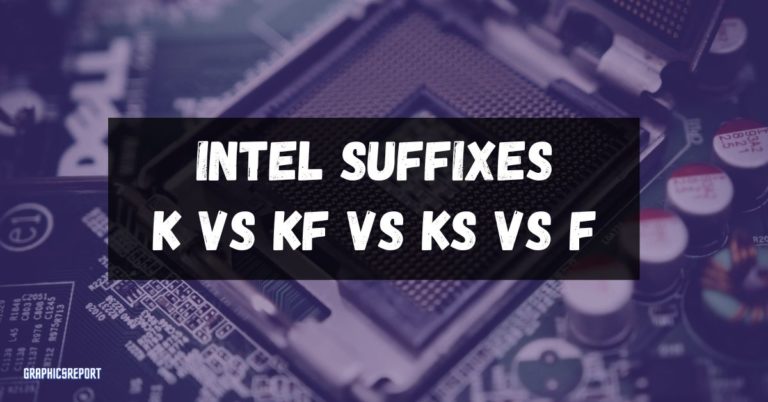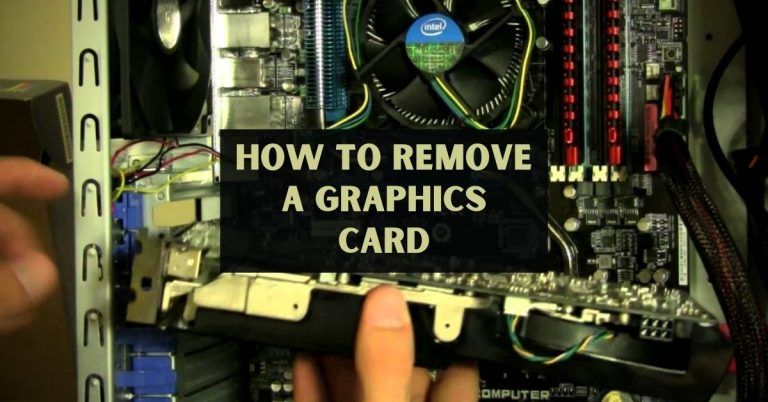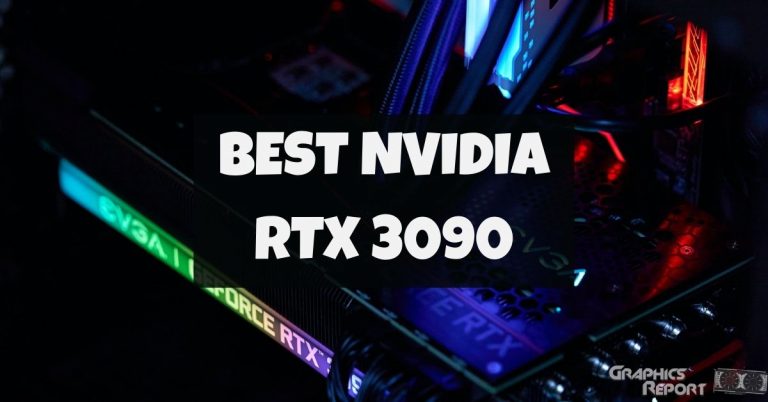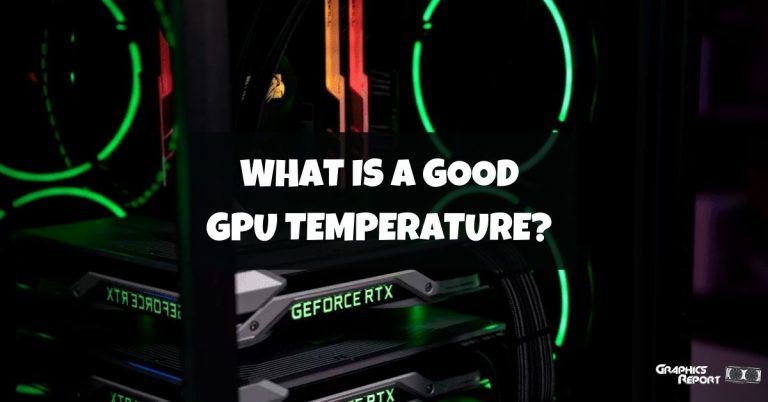
Building or buying a good computer can be a stressful task. Choosing the best processor, getting an adequate power supply, good airflow for faster cooling, and much more.
Among many other issues one faces while building a good computer, selecting a sound graphics card is one of the major ones.
The very first question that I ask myself every time I build a computer is if I should use an integrated GPU or a discrete GPU.
At this point, you may ask me what a discrete graphics card is. What is the difference between integrated and discrete graphics cards, or which one of the two is better and why?
Hold on tight and stay with me till the end of this blog, as I will be answering all of the above questions and telling you some important points to determine which GPU will be best for your use.
What Is A Discrete Graphics Card?
While searching for a laptop or building your own computer, you might have come across terms such as dedicated or discrete graphics cards. These two words are frequently used interchangeably.
A discrete graphics card is a separate hardware unit that is placed inside your computer that is used to process graphics. This is a standalone unit that is either connected to the motherboard or is itself a part of it.
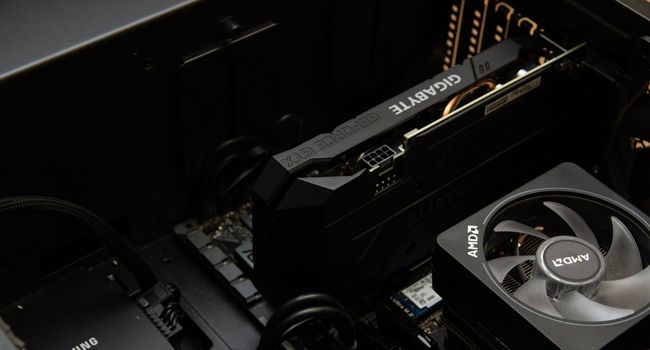
These discrete graphics cards have their own memory and power source. This makes them much more efficient and provides higher performance compared to integrated graphics cards.
Discrete graphics cards have their own VRAM. This is much faster than the conventional RAM of a computer. This allows VRAM to store essential graphical information, which can be called upon at any time. The VRAM will process the image, and it will show up on your screen.
What Is An Integrated Graphics Card?
Unlike discrete graphics cards, integrated graphics cards do not have separate hardware, memory, or power supplies. They are built on the same die as the CPU and are attached to it.
Integrated graphics cards use CPU memory and power supplies to work. The benefit of using integrated GPUs is that it requires much less space on the motherboard, and they use less power.
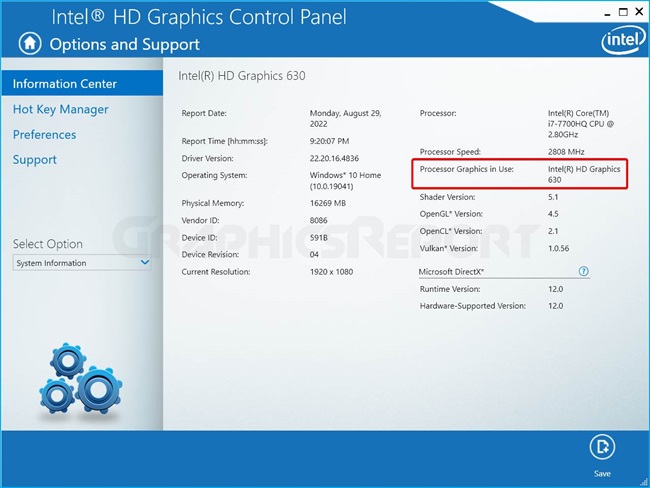
Integrated GPUs use shared memory, which means that they use CPU RAM. So, let’s say you have 4GB RAM and shared memory is 1GB, then you have only 3GB of RAM available for general computing.
Another benefit is that these GPUs are much cheaper compared to dedicated GPUs and can handle an adequate amount of processing.
Integrated GPUs have improved significantly over the years. They are good enough for general computing, some light gaming, and watching 4K videos. They still lack in some areas when it comes to their performance.
What’s Better: Discrete Graphics Vs Integrated Graphics?
Both GPUs have their pros and cons, and determining which one is better is a difficult task. To make things easier for you, I will tell you how you can determine the best GPU according to your requirements.
If your main purpose is general computing, such as browsing the internet or other tasks that do not require much graphics processing, then integrated GPUs are the best option for you. This is because they are compact and, take less space, have less power, and can perform well under less load.
But if you’re looking to use your computer for gaming, editing, graphic designing, or tasks that require higher graphics processing, then dedicated GPUs are the perfect option.
They have high efficiency, but they require separate space and power supply. This means more power consumption and more heat.
Dedicated Graphics Are Better For Gaming
Since dedicated graphics cards have hardware of their own, it is obvious that they are better than integrated GPUs when it comes to gaming.
But this is not true for all dedicated GPUs. Midrange dedicated GPUs might slightly outperform high-end integrated GPUs. But yes, if you consider high-end graphics cards, then dedicated GPUs are far better for gaming compared to integrated GPUs.
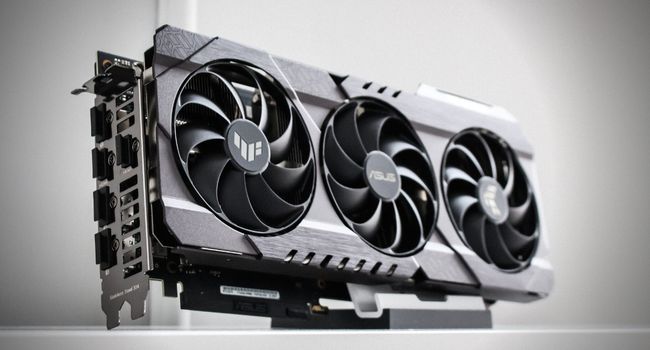
According to some experiments, the RTX 3090 Ti performs three times better than high-end integrated GPUs such as the AMD Ryzen 9 processor.
Although one of the major downsides of dedicated GPUs is their cost. Whereas high-end integrated GPUs might only cost around a thousand dollars, dedicated GPUs will cost much more.
Why Do You Need Dedicated Graphics?
If your main focus mainly consists of higher-level graphics processing, an integrated GPU might not be able to fulfill your needs. This is because of shared RAM and a power supply.
A dedicated graphics card doesn’t rely on the RAM and power of your motherboard because it has its own memory source and power supply ports.
This indicates that a discrete graphics card quickly produces clear, crisp graphics, enabling complex graphic design and video editing.
Shared graphics may help you more than you think. One of the major benefits of using an integrated or shared graphics card is that you get to save a lot of money. A high-end integrated graphics card will cost similar to a mid-range dedicated graphics card.
Another benefit of using shared graphics is that integrated graphics cards are compact and thus take up less space and can be used in small places such as mobile phones, laptops, tablets, etc.
The majority of modern processors include an integrated GPU. On computers with a dedicated graphics card, the software will automatically switch between the two. It attempts to strike a balance between performance and efficiency.
My Final Thoughts On It!
So, from all the information provided above, you can get a good idea of which graphics card is best for your needs.
To sum it up once more, if you are a hardcore gamer, a graphics designer, or someone who deals with things that require quick graphical processing, discrete graphics cards are a must for you.
But if your main tasks do not require a lot of graphical processing, then using an integrated graphics card is the best option as it is lighter on your pocket and performs adequate graphical processing.

